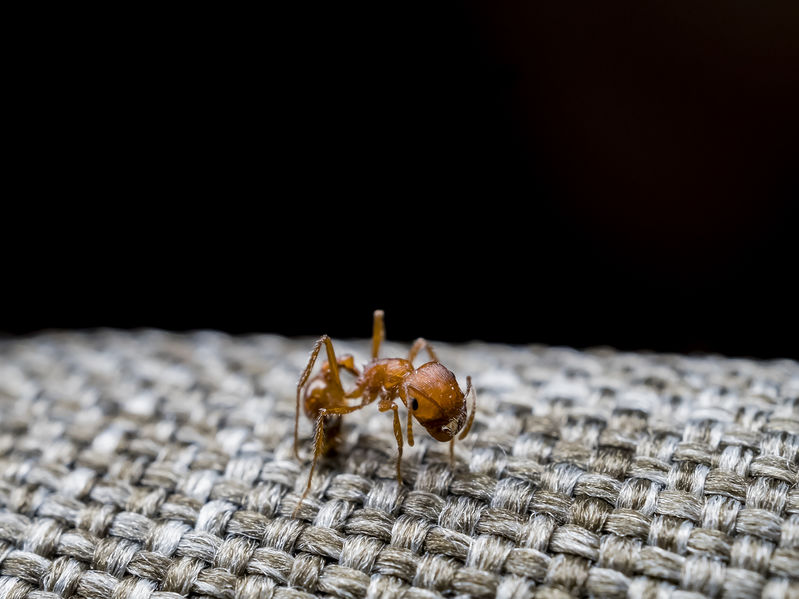It is well known that ants are social insects that live in colonies that contain extraordinarily large numbers of individual ants. Social insects are unique in that individual colony members are primarily concerned with the survival of their colony rather than for their own self preservation. In order for a colony to mature to the point where it can produce reproductive swarmers (alates), a strict division of labor is demanded. Ant colonies are primarily composed of a queen, males and female workers, each one of which work constantly to enhance the well being of their colony.
Most ant species live in colonies that contain hundreds or as many as several thousand individual ants, while other species like carpenter ants and Pharaoh ants live in colonies that can grow to contain more than 100,000 individual ants. Smaller ant colonies are likely to live in only one nest that contains only a single queen, but most large ant colonies contain many queens that leave “parent nests” with groups of workers in order to establish additional “satellite nests.” Considering this, it should not be surprising to learn that most ant species that are categorized as “pests” belong to the latter category of the two types of ants described above. That is, most ant pests are in the habit of establishing networks of interconnected nesting sites that expand over large areas of land.
Unfortunately, the most commonly managed ant pest species in Massachusetts are able to establish multiple nests within structures. These ant species include black carpenter ants, odorous house ants, pavement ants, Pharaoh ants, and even European fire ants. Black carpenter ant workers are known for establishing satellite nests within an 85 foot radius of the parent nest, and Pharaoh ant colonies break apart to form multiple colonies. In fact, unlike most ant species, Pharaoh ants do not establish new nests by means of annual mating swarms; instead, they multiply solely by growing and splitting into new colonies, a process known as “budding.” Due to budding, homes infested with Pharaoh ants do not just contain a large number of nests, they contain a large number of colonies as well. This makes Pharaoh ants one of the most difficult ant pests to control.
Have you ever found ants nesting within your kitchen cupboards?

